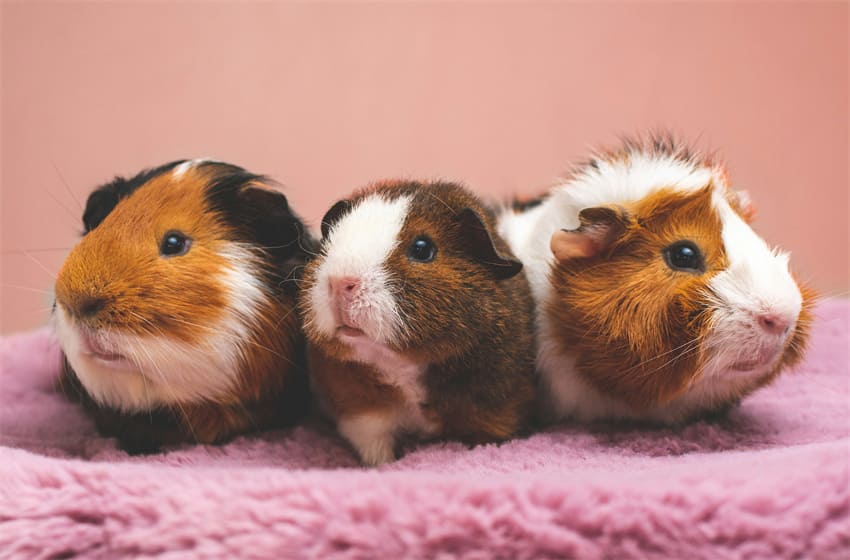
Ask any American why you should get a guinea pig, and they will respond that rodents are the cutest pets you can give your children. However, in Peru, guinea pigs are not kept for their aesthetics. Instead, Peruvians start salivating whenever they spot the rodents because guinea pigs in Peru are a delicacy beloved for their rabbit-like taste. I know how hard it is to wrap your head around how an animal preferred by scientists for laboratory experiments ends up being a meal for special occasions. So, how about I help you understand the history of the Peruvian guinea pig through this detailed guide?
Domestication of Guinea Pigs in Peru
According to archeologists, guinea pigs began being domesticated as early as 5000 B.C., although archeological sites prove they have been around since 9000 B.C. They originated in the Andes Mountains, and the main reason for domesticating the rodents was for food. The region’s inhabitants observed that the animals quickly adapted to the ecosystem and could feed on a versatile diet.
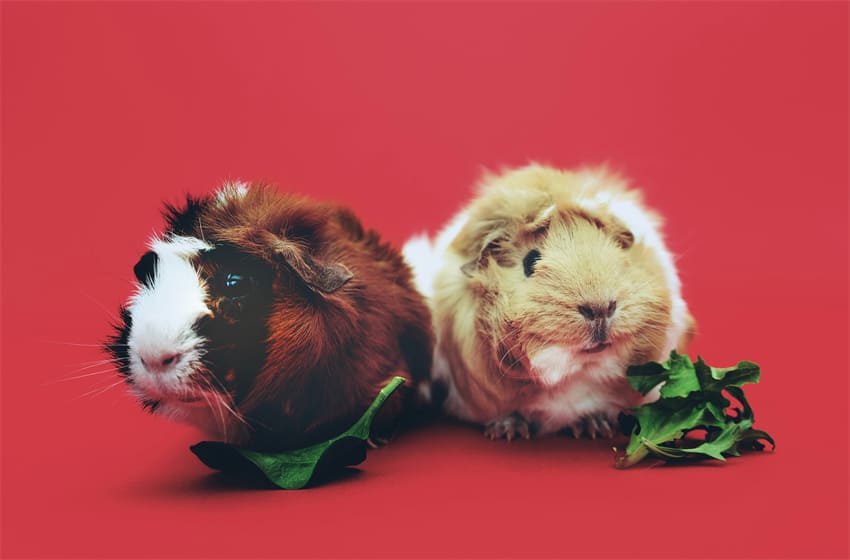
Most importantly, guinea pigs displayed a short reproductive cycle, meaning that people did not have to wait for long before another source of food was readily available. People consumed the guinea pigs when they had fully developed in size but were still under one year old since waiting for them to reach adult size was uneconomical. The trend of keeping them in homes for food continued even during the Spanish colonization since the guinea pigs occupied much less space than cows and goats.
However, as much as guinea pigs are popular in Peru, the name “guinea pig” is not of Peruvian origin. While some may assume that the name may have something to do with the African country Guinea, they are wrong. Allegedly, when the rodents were being sold in England during the 16th century, they were priced at a guinea each, hence the name “guinea.” As for “pig,” many assumptions have been made. For instance, in Portugal, they refer to guinea pigs as “little pigs from India,” while Germans believe that guinea pigs make pig-like sounds. As a result, the rodents ended up labeled as “guinea pigs,” a name that has stuck to date.
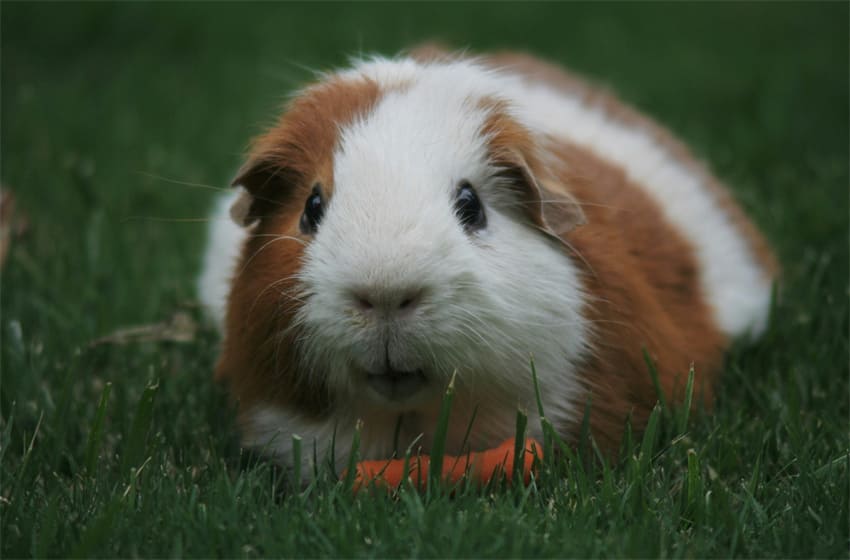
Cultural Significance of Peruvian Guinea Pigs
When it comes to guinea pigs, Peruvian culture holds the animal in high regard. And this is with great reason, as you shall see below.
Great Source of Nourishment
Guinea pigs are a rich source of proteins and are low in fats, which makes them an excellent addition to any Peruvian dish. They are usually baked, fried, or roasted whole, so you must be ready to “face” the animal as you eat it. Peruvians love the dish so much that in the Cuzco Cathedral, you will find a painting of The Last Supper Jesus and His disciples partook and spot the centerpiece of the meal as an animal that strongly resembles a guinea pig.
In Peru, rearing guinea pigs for sale is a booming business because the locals are always looking for some to cook. A high-end restaurant can pay up to $13 for a guinea pig from a farmer, and given how fast the animals breed, sellers make a killing. The profitable business resulting from Peruvians consuming guinea pig meat is undeniable. In 2004, the director of La Molina University began a project that pushed for exporting guinea pigs to Japan, the United States, and other European countries to allow Peruvian immigrants to enjoy their favorite dish.
Fertility Symbol
If you ever find yourself expectant in Peru, do not be surprised when locals gift you guinea pigs for food. They believe that consuming meat will help pregnant mothers to be healthy and have safe childbirths. People also assume these little critters represent the cycle of life and new beginnings; hence, they are popular in childbirth rituals to ensure pregnant mothers have successful deliveries. The belief still holds, and Peruvians present guinea pigs as gifts to the Virgin Mary.

Spirituality Symbol
Statues of guinea pigs have been discovered in some archaeological digs. The Incas worshipped them because the animals were deities to them, and the gods communicated to the locals through the guinea pigs. They would place the rodents on fire and then watch the animals’ movements, interpreting them as different messages about the people’s future.
The guinea pigs held such a religious significance among the people that they sacrificed them, hoping to appease the gods. The people would practice selective breeding that resulted in white guinea pigs. The Incas then offered a thousand guinea pigs every July to beg the gods to have mercy and send just enough rain and sunlight that would not destroy their crops.
Health Benefits
Besides providing you with essential amino acids and other nutrients, Peruvians opine that guinea pigs have multiple health benefits. A Peruvian nutritionist, Jimena Del Pozo, advised that guinea pig meat can help fight cancer and diabetes. Historically, the Incas kept the black guinea pigs because they believed the animals could diagnose diseases. The locals also used them in healing rituals since they thought guinea pigs could collect evil spirits.
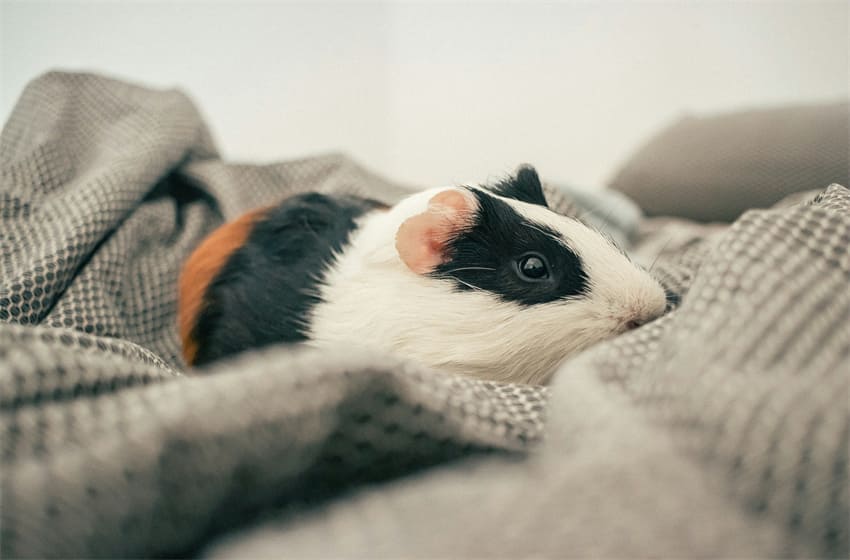
How to Care for a Peruvian Guinea Pig
Whether you plan on keeping a few guinea pigs for sale or consumption, you must take care of the animals. Here are a few tips to do so.
Bathe Them Regularly
Like other animals, you need to keep guinea pigs clean. Maintaining hygiene begins with the animal itself, so ensure you bathe them every three months. Bathe them with shampoo for small animals because using your own is likely to dry out their coat. Use warm water and be cautious to avoid the soapy water getting into the animals’ eyes and ears. Once done, rinse them thoroughly and dry them as soon as possible to prevent them from getting chilly.
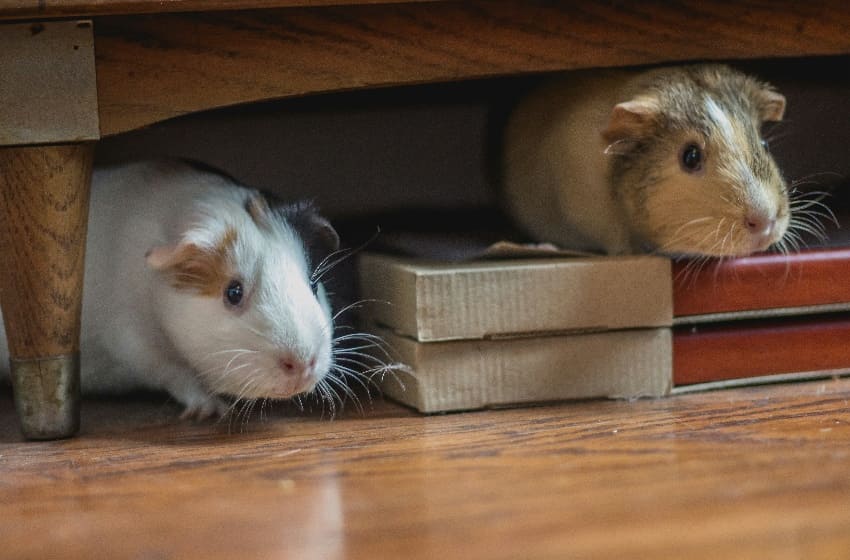
Feed Them
Of course, without food and water, your guinea pig will die. So feed the animal with fresh vegetables and formulated feeds daily. Remember that guinea pigs can’t produce vitamin C in their bodies, so it is up to you to supply it to them using supplements and vitamin C-rich vegetables. Also, avoid feeding them chocolate and sugary foods, no matter how much you adore your cute guinea pig, as those can cause health complications. Also, provide them with a clean supply of chlorine-free water daily.
Change the Beddings
It would be illogical to bathe the animals and keep them in a dirty place; therefore, change the bedding as soon as they get wet. Avoid placing sawdust in the cage because it can cause lung infections. Cat litter is also a poor choice. Instead, place grass on top of newspapers, as the grass provides proper dental health to the guinea pigs. Avoid placing guinea pigs directly on wire mesh cages because their feet have soft foot pads that will get swollen, leading to infections.
Conclusion
If you want a tasty guinea pig, Peru should be your destination. Peruvians have made a name for themselves with their love for guinea pigs, which dates back to their ancestors. Now that you know why they cherish the animals, you might be open to enjoying a baked guinea pig next time you are in Peru. Who knows, the taste of their meat might be just what your palate has been waiting for to come alive.





